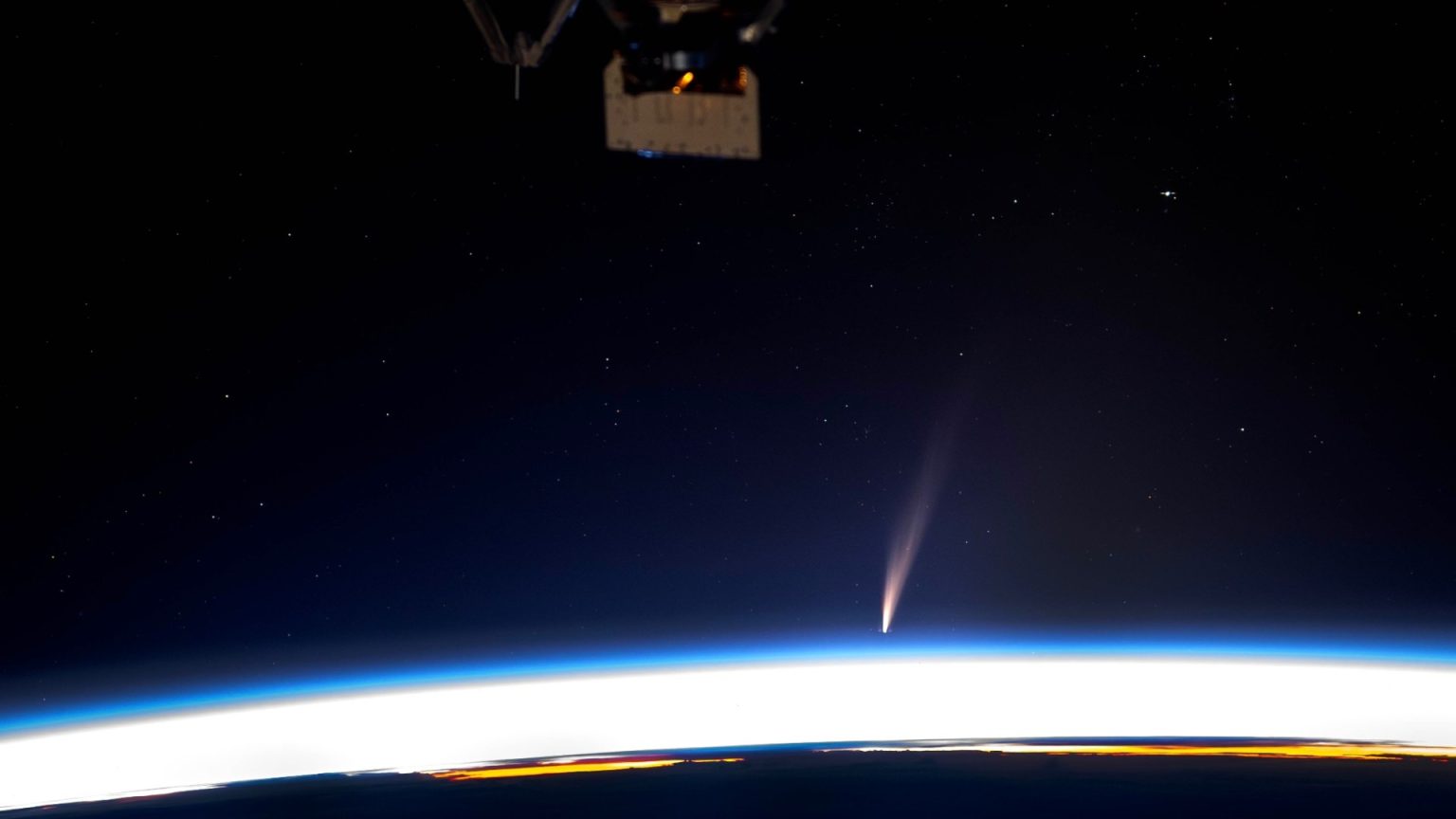Comet C/2024 G3 (ATLAS), a celestial visitor last seen near Earth approximately 160,000 years ago, is making a return appearance, offering a potentially spectacular display for skywatchers. Reaching peak brightness on January 13th, 2025, this comet has the potential to rival Venus in brilliance, offering a celestial spectacle reminiscent of the “comet of the century,” Tsuchinshan-ATLAS/Comet C/2023 A3, which dazzled observers in October 2024. While the comet’s visibility remains uncertain, the possibility of witnessing such a bright comet is a rare and exciting opportunity for both amateur and professional astronomers.
Discovered by the Asteroid Terrestrial-impact Last Alert System (ATLAS) in April 2024, while still a staggering 407 million miles from Earth, Comet C/2024 G3 (ATLAS) has since journeyed significantly closer, now residing approximately 87 million miles away and rapidly approaching our planet and, more critically, the Sun. Classified as a “sungrazer,” its trajectory brings it perilously close to our star, with current projections estimating a near miss of just 8.3 million miles from the Sun’s scorching surface. This close encounter poses a significant risk for the comet, as many smaller sungrazers succumb to the Sun’s intense heat and disintegrate.
The fate of “sungrazers” like the Halloween Comet (C/2024 S1 ATLAS) serves as a stark reminder of the perils these icy bodies face. The Halloween Comet, despite initial excitement, met a fiery end, disintegrating as it ventured too close to the Sun. However, Comet C/2024 G3 (ATLAS)’s age and prior successful solar passage provide a glimmer of hope. Having survived at least one previous close encounter with the Sun, it demonstrates a resilience that suggests it might withstand another pass, potentially offering a breathtaking spectacle for observers.
The comet’s visibility remains subject to various factors, including atmospheric conditions and the comet’s unpredictable behavior. Preliminary estimates suggest that the Southern Hemisphere might offer the best vantage points for observation, while viewers in the Northern Hemisphere, including the UK and the US, may face more challenging viewing conditions due to the comet’s proximity to the Sun in the sky. This proximity to the Sun makes observation particularly tricky, as the comet will be easily lost in the Sun’s glare.
The brightness and visibility of comets are notoriously difficult to predict with certainty. Dr. Shyam Balaji, a researcher at King’s College London, emphasizes the inherent uncertainties, stating that “As with all comets, its visibility and brightness can be unpredictable.” While there may be opportunities to spot the comet in the days surrounding its closest approach to the Sun (perihelion), the ultimate viewing experience will depend on a combination of factors, including local conditions and the comet’s behavior. Dr. Balaji further cautions that many comets ultimately appear fainter than initial projections suggest.
A tantalizing glimpse of the comet’s potential brilliance was offered by NASA astronaut Don Pettit, who captured an image of Comet C/2024 G3 (ATLAS) from the unique vantage point of the International Space Station. Sharing his awe-inspiring photograph on social media, Pettit expressed his amazement at witnessing a comet from orbit, describing it as a “totally amazing” experience. This unique perspective underscores the remarkable opportunity presented by the comet’s close approach, offering a reminder of the vastness and wonder of the cosmos.
The anticipation surrounding Comet C/2024 G3 (ATLAS) serves as a testament to the enduring human fascination with celestial events. While its ultimate visibility and brilliance remain uncertain, the possibility of witnessing a comet of this potential magnitude, a visitor from a time when humans were just beginning to migrate across the globe, is a truly unique and inspiring prospect. The coming weeks will be crucial in determining the comet’s fate and whether it will indeed grace our skies with a once-in-a-lifetime display. Until then, the astronomical community and skywatchers alike will eagerly await further updates and observe the skies with anticipation.











